Tilia Cordata Tree
- March 18, 2024
- 0 comment
Tilia cordata tree, with its elegant beauty and rich cultural heritage, is more than just a tree it is a symbol of resilience, wisdom, and interconnectedness with nature. Whether admired for its ornamental value, cherished for its medicinal properties, or celebrated in art and literature, the small-leaved lime leaves an indelible mark on the landscape and the human imagination.
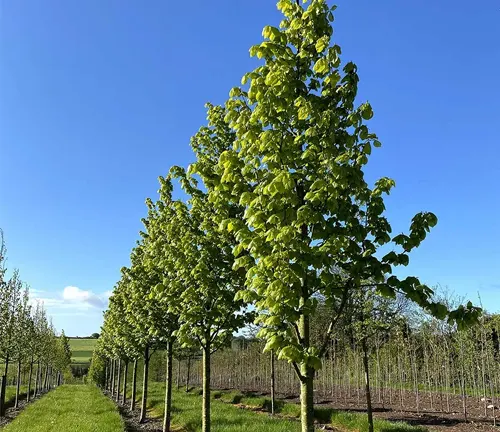

Throughout history, Tilia cordata has held cultural and symbolic significance in European folklore and traditions. In ancient times, it was revered as a sacred tree by various civilizations, including the Germanic tribes and the Celts.
Tilia cordata, also known as small-leaved lime, is a deciduous tree native to Europe. It is valued for its ornamental beauty, sweet fragrance, and diverse practical uses. This tree typically grows to a height of 20 to 40 meters with heart-shaped leaves and clusters of yellowish-white flowers. Tilia cordata plays a vital ecological role, providing habitat and food for wildlife, stabilizing soil, and improving water retention. It is also culturally significant, with a long history of medicinal and culinary uses. While prized for its wood and calming properties, Tilia cordata also offers environmental benefits such as air purification and noise reduction. Overall, Tilia cordata embodies the harmony between nature and human culture, enriching landscapes and lives alike.
Characteristics Tilia Cordata Tree
| Scientific Name | Tilia cordata |
| Common Names | Small-leaved lime, little-leaf linden |
| Family | Tiliaceae |
| Native Region | Europe |
| Plant Type | Deciduous tree |
| Size | Tilia cordata typically grows to a height of 20 to 40 meters, with a straight trunk and a rounded crown. |
| Leaves | The leaves of Tilia cordata are alternate, simple, and heart-shaped, with serrated margins. They are typically dark green on the upper surface and lighter underneath. |
| Flowers | Tilia cordata produces clusters of small, yellowish-white flowers with a sweet fragrance. These blooms attract pollinators such as bees and butterflies. |
| Propagation | Tilia cordata can be propagated from seeds or cuttings. It is relatively easy to grow from seed, although cuttings may offer a faster method of propagation. |
| Drought Tolerance | While Tilia cordata prefers moist, well-drained soil, it exhibits moderate drought tolerance once established. |
Botanical Beauty of “Tilia Cordata”

The graceful form and delicate foliage of Tilia cordata have elevated its status as a beloved addition to parks, gardens, and urban landscapes. Its compact size and remarkable tolerance to pollution render it an ideal choice for enhancing the beauty of urban environments while providing essential ecosystem services.

Woodland Elegance
Amidst woodland settings, Tilia cordata exudes an unmatched elegance with its slender branches and fragrant blooms. Serving as both a source of shade and habitat for diverse wildlife species, it significantly contributes to the richness and biodiversity of forest ecosystems.
Ecological Importance
Tilia cordata assumes a pivotal role within its ecosystem, offering sustenance and refuge to pollinators, birds, and small mammals. Its dense foliage serves as a vital tool in soil stabilization, effectively mitigating erosion and enhancing water retention in riparian areas.

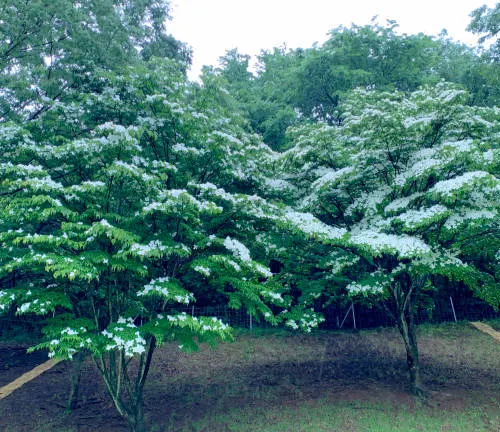
Cultivation and Conservation
Cultivation and conservation efforts for Tilia cordata are essential for ensuring the sustainability and preservation of this species. Cultivation involves the intentional nurturing and management of these trees for various purposes, such as landscaping and medicinal use, through practices like selecting suitable planting sites and providing proper care. Concurrently, conservation initiatives focus on protecting Tilia cordata and its natural habitats to maintain biodiversity and ecological balance.
Fragrance
The sweet fragrance emitted by Tilia cordata during its blooming season stands as one of its most captivating attributes. The flowers, prized for their calming properties, are frequently utilized in the preparation of herbal teas and infusions.
Soil Stabilization
With its extensive root system, Tilia cordata plays a crucial role in anchoring soil, thereby serving as a valuable resource for stabilizing slopes and preventing erosion. Its presence in urban settings additionally enhances soil structure and fertility.

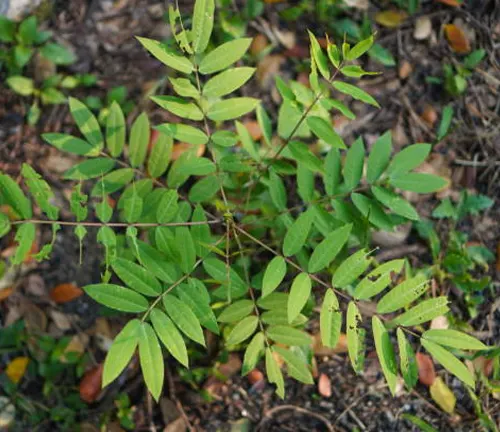
Common Uses
Tilia cordata boasts a rich history of utilization in traditional medicine, where it has been esteemed for its calming and diaphoretic properties. Today, it continues to be employed in herbal remedies to alleviate ailments such as anxiety, insomnia, and indigestion.
Benefits
Beyond its medicinal applications, Tilia cordata bestows a plethora of environmental benefits upon its surroundings. These include air purification, noise reduction, and habitat restoration. Moreover, its lightweight timber is highly sought after for carving and turnery, further enhancing its utility and value.
Different Species
Tilia platyphyllos
(Large-leaved Linden)
Tilia platyphyllos, commonly known as Large-leaved Linden, is a species closely related to Tilia cordata but distinguished by its larger leaves, which can reach impressive sizes. This tree is valued for its shade-providing canopy and its ability to attract pollinators with its fragrant flowers. It is a popular choice in landscaping for its aesthetic appeal and its contribution to biodiversity.


Tilia Americana
(American Linden)
Tilia americana, or American Linden, is a native tree species to North America known for its large, heart-shaped leaves and sweetly scented flowers that attract bees. This tree is often planted for its ornamental value in parks and urban areas, providing shade and beauty while supporting local wildlife through its nectar-rich blooms.
Tilia tomentosa
(Silver Linden)
Tilia tomentosa, also known as Silver Linden, derives its name from the silvery undersides of its leaves, creating a striking visual contrast. This tree is prized for its ornamental qualities, including fragrant flowers that attract bees and a graceful canopy that provides shade. It is a popular choice in landscaping for its aesthetic appeal and low maintenance requirements.
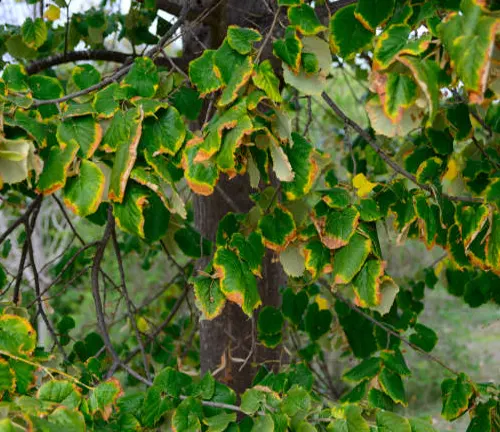
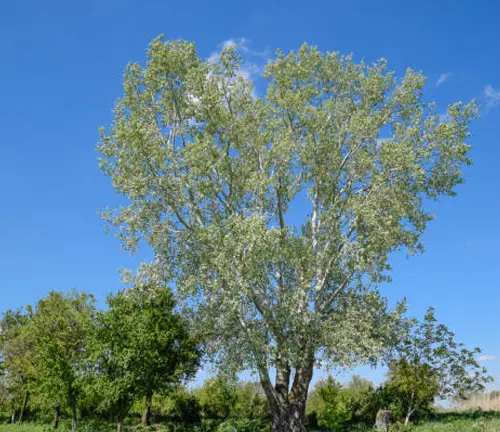
Tilia euchlora
(Crimean Linden)
Tilia euchlora, the Crimean Linden, is native to the Crimean Peninsula and is characterized by its glossy green leaves and fragrant flowers. This tree is valued for its beauty and resilience, thriving in various soil conditions. It is often planted for its ornamental value in gardens and parks, adding charm with its lush foliage and aromatic blooms.
Tilia mongolica
(Mongolian Linden)
Tilia mongolica, the Mongolian Linden, originates from East Asia and is highly valued for its hardiness and drought tolerance. This tree is known for its ability to withstand challenging environmental conditions while providing shade and beauty with its attractive foliage. It is a resilient choice for landscapes seeking both aesthetic appeal and adaptability.
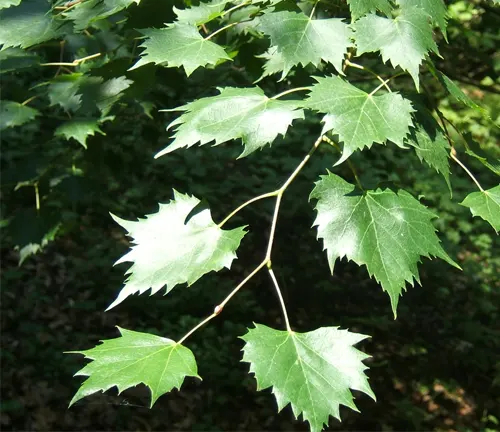

Tilia dasystyla
(Chinese Lime)
Tilia dasystyla, commonly referred to as Chinese Lime, is native to China and stands out for its attractive foliage and dense canopy. This tree is prized for its ornamental value in landscaping projects, offering shade and beauty with its lush green leaves. It is a popular choice for urban environments due to its adaptability and aesthetic appeal.
Frequently Asked Questions (FAQs)
- Q: Is Tilia cordata the same as the Linden tree?
- A: Yes, Tilia cordata is commonly referred to as the Linden tree or small-leaved lime.
- Q: Can I plant Tilia cordata in my backyard?
- A: Yes, Tilia cordata can be planted in suitable climates and soil conditions. Just make sure to provide adequate space for its growth.
- Q: Are there any special care requirements for Tilia cordata?
- A: While Tilia cordata is relatively low-maintenance, regular watering and occasional pruning may be necessary to ensure healthy growth.
- Q: Is it safe to consume products made from Tilia cordata?
- A: When used in moderation, Tilia cordata products such as teas and infusions are generally considered safe for consumption. However, individuals with allergies should exercise caution.
- Q: How long does it take for Tilia cordata to mature?
- A: Tilia cordata trees typically reach maturity in 20 to 30 years, depending on growing conditions and local climate.
- Q: Can Tilia cordata be grown in containers?
- A: While young Tilia cordata trees can be grown in containers, they may eventually outgrow their pots and require transplantation into larger containers or into the ground.
- Q: What is the ecological role of Tilia cordata?
- A: Tilia cordata plays a crucial role in its ecosystem, providing habitat and food for various species of wildlife, stabilizing soil, and improving water retention.
- Q: Are there any risks or side effects associated with Tilia cordata?
- A: While generally considered safe, certain individuals may experience allergic reactions to Tilia cordata pollen or extracts. It is advisable to consult a healthcare professional before using any herbal remedies.
- Q: Can Tilia cordata tolerate drought conditions?
- A: While Tilia cordata prefers moist, well-drained soil, it exhibits moderate drought tolerance once established.
- Q: What are some common uses of Tilia cordata?
- A: Tilia cordata has a long history of use in traditional medicine for its calming properties. Its wood is also prized for carving, and its flowers are used to make herbal teas and infusions valued for their soothing effects.


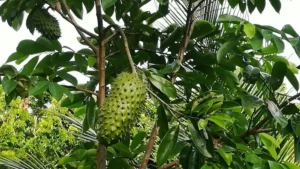

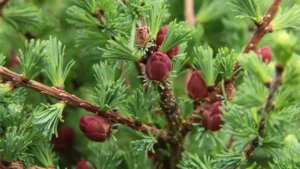
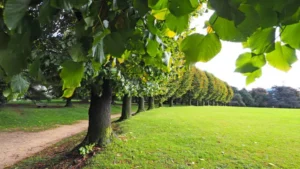



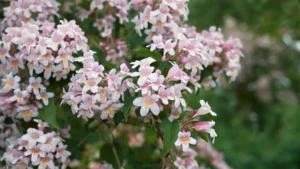




Leave your comment